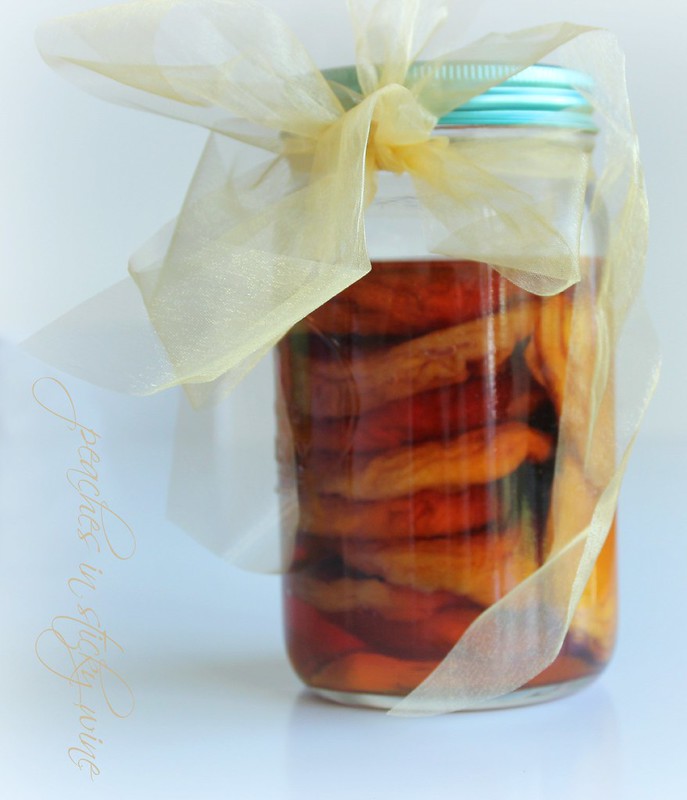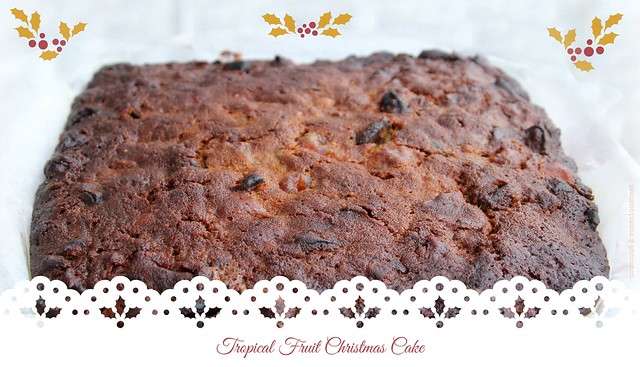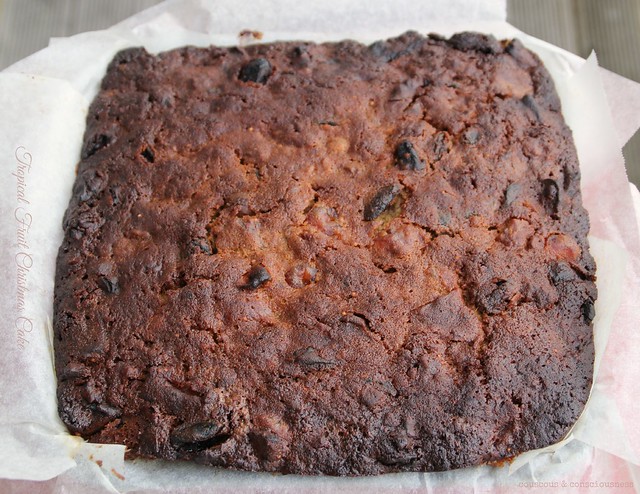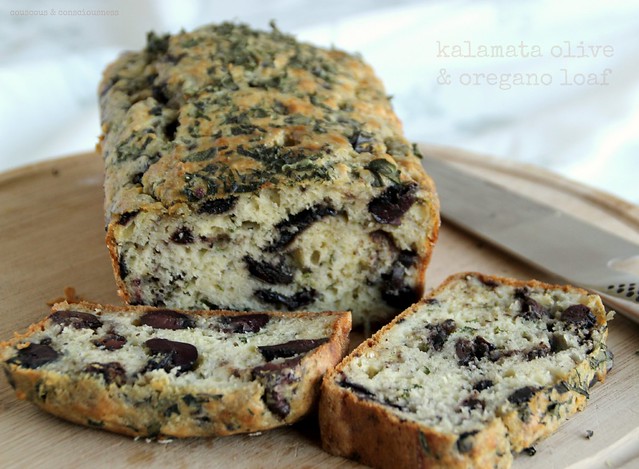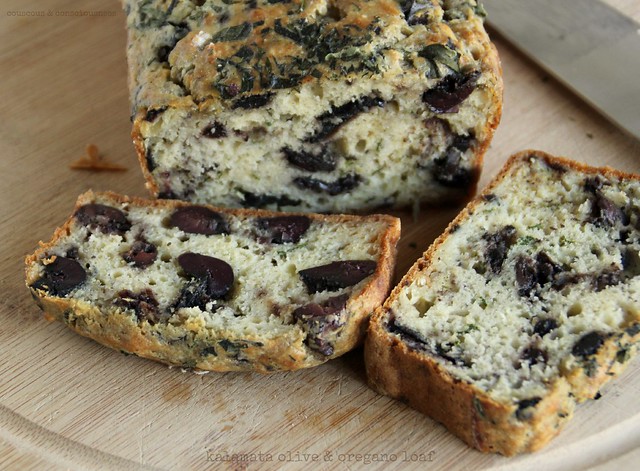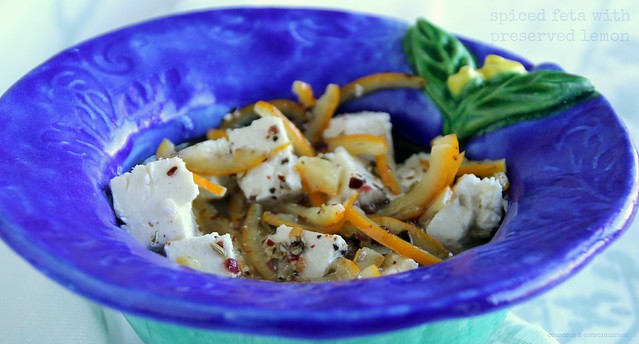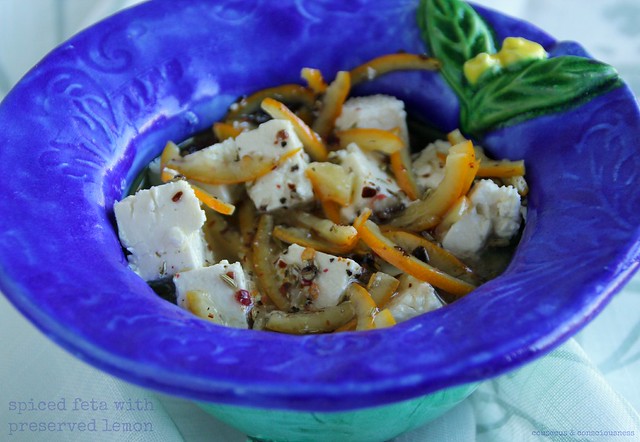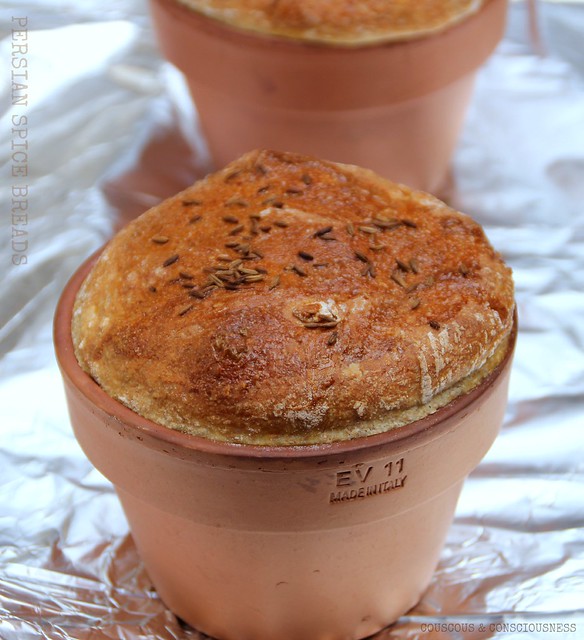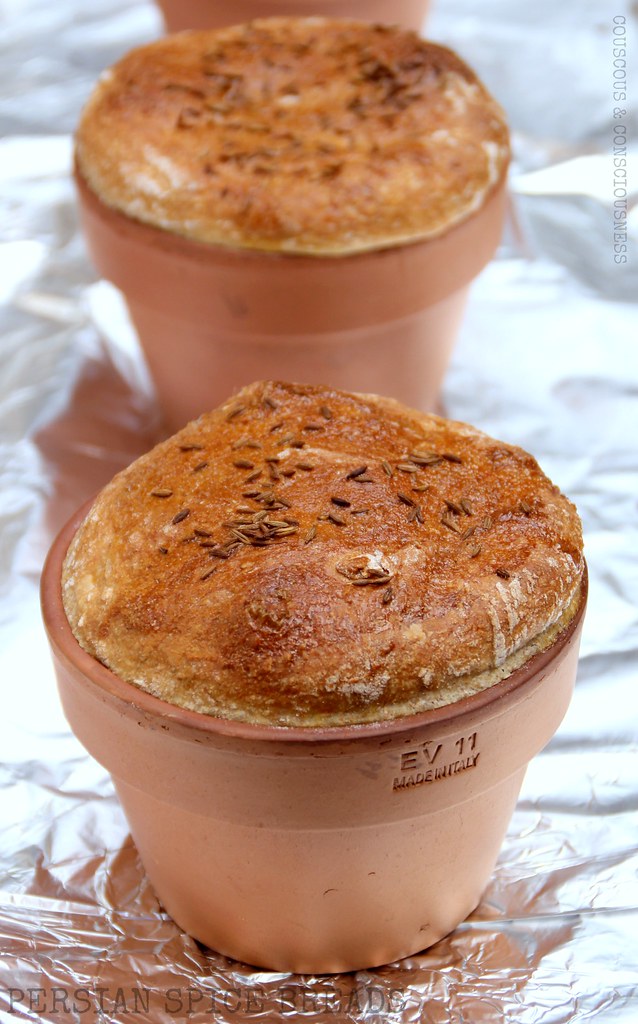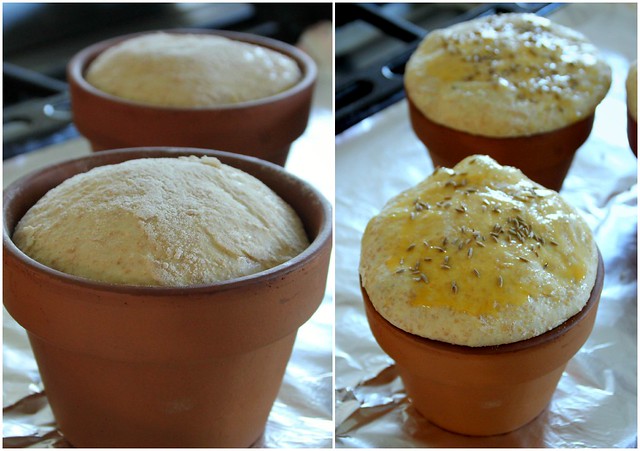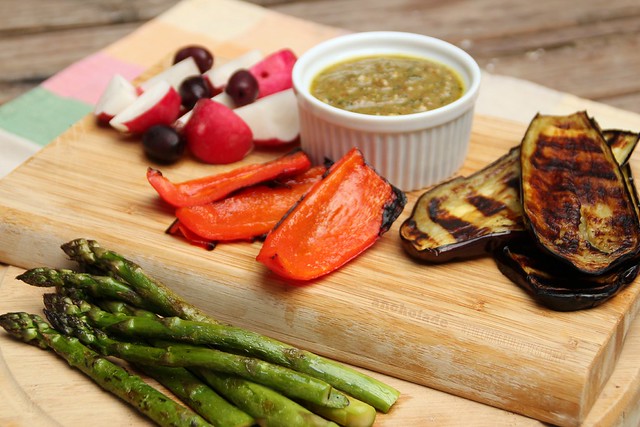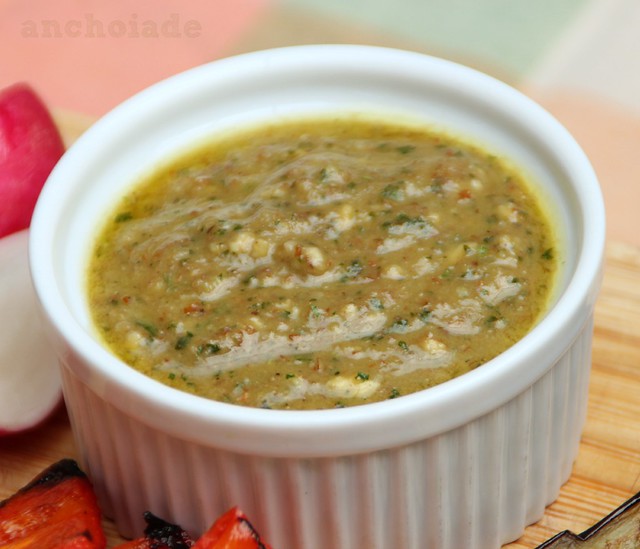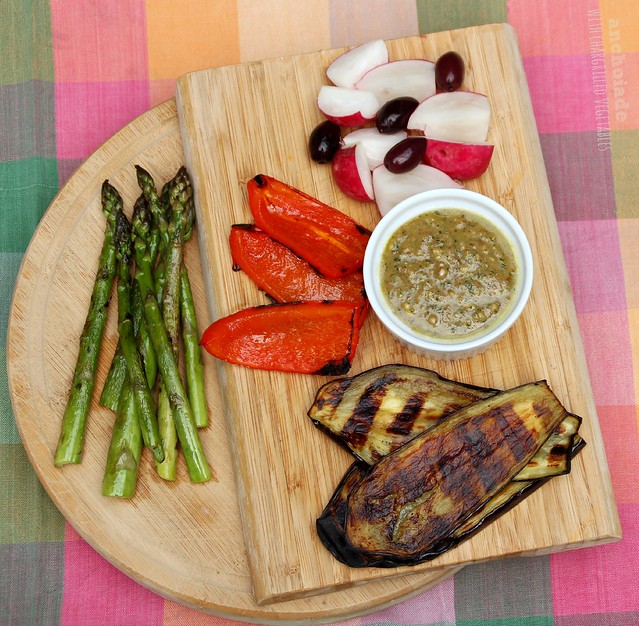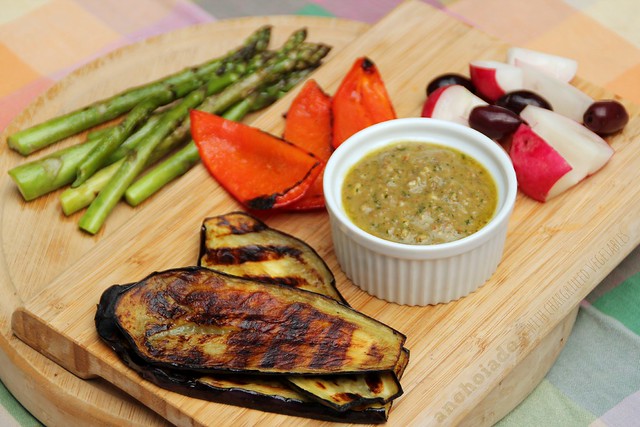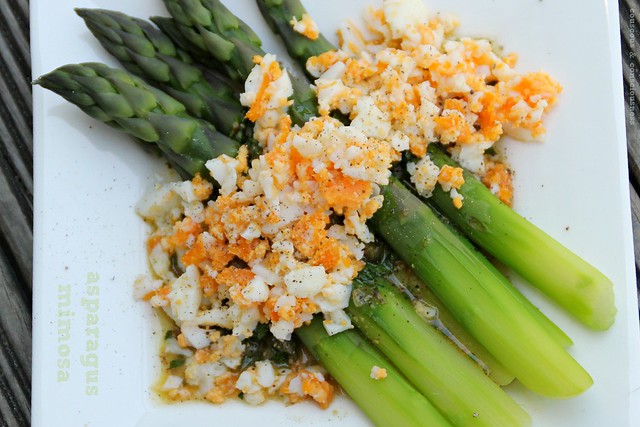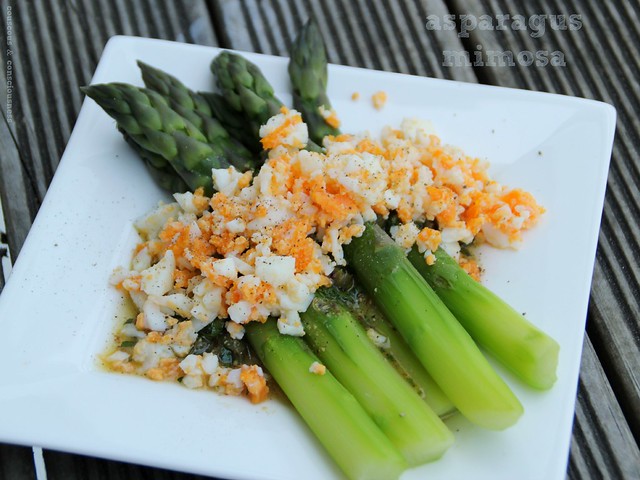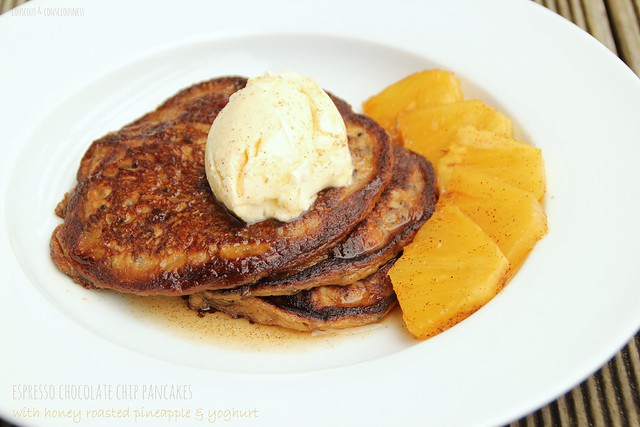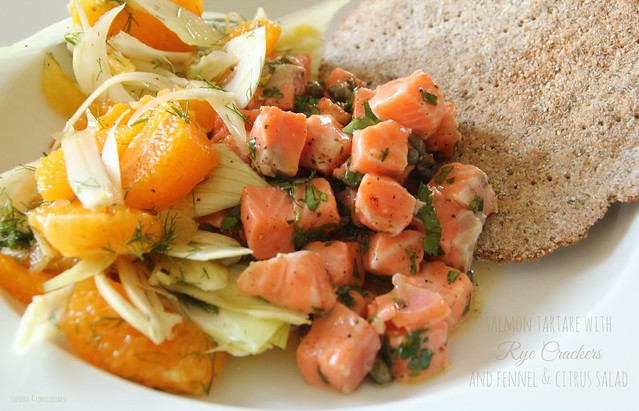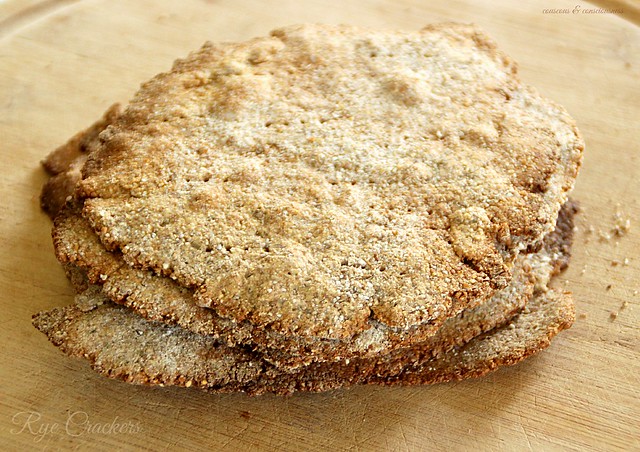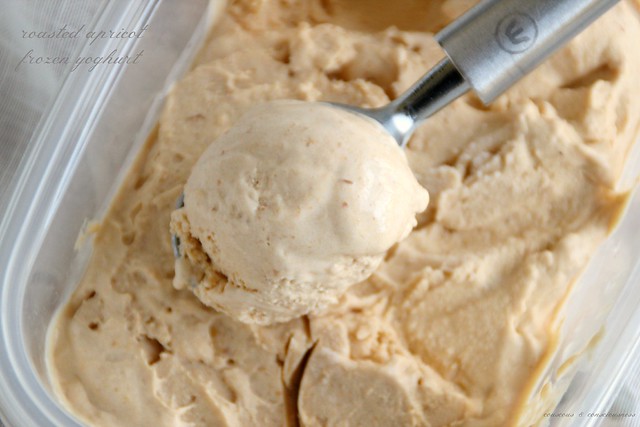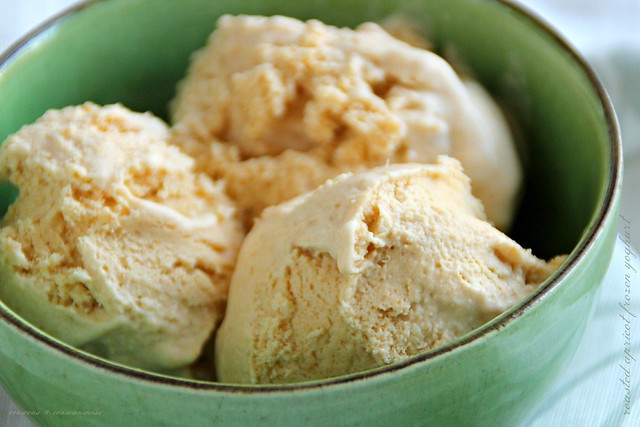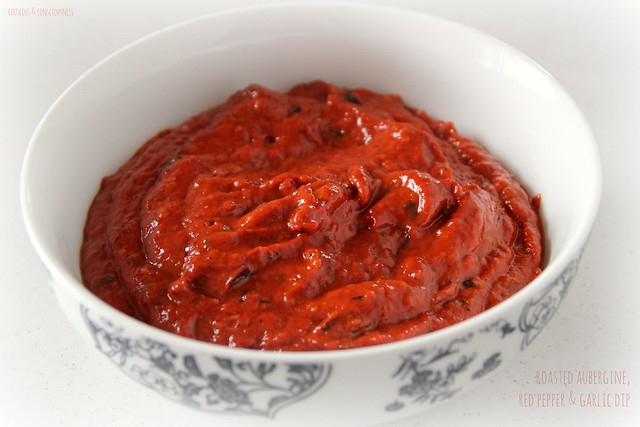Question: What do harissa, saffron, eggs, pumpkin, dates, maple syrup, rosewater, orange, spinach and chickpeas have in common?
Answer: This eclectic group of ingredients can all be found in this month's Mystery Box Madness challenge at
I Heart Cooking Clubs.
The challenge: To choose and make a dish from any one of our eleven IHCC chefs, as long as that dish contains at least three of the mystery ingredients.
This month is the first of our mystery box challenges, and judging by the great dishes my fellow participants have come up with this seems destined to become a popular event.
I decided that I would probably use dates and oranges in my dish, and did a search through some of Diana Henry's and Yotam Ottolenghi's recipes, since they are my two favourite chefs. I was imagining I would probably come up with some kind of salady thing that might also use spinach and chickpeas. To my delight, however, I stumbled across Diana's Persian Spice Breads in her fabulous book,
A Change of Appetite. These breads used dates (tick), eggs (tick), and turmeric, for which I knew saffron would make a great (possibly even better) substitute (tick number three).
The original recipe calls for these to be made into little rolls, but I decided it would be fun to make them into little flower pot breads. Little terracotta pots are inexpensive to buy and, as long as you season the pots first, they make great vessels for the baking of bread.
I also adapted this recipe to prepare the dough in my bread maker - partly because I am inherently lazy, and letting the machine do all the work means that I can do other things (like churning the coffee, maple, walnut frozen yoghurt I made at the same time - yes, recipe will follow), and also because I just don't seem to have a deft touch when it comes to dough and my hand-kneaded breads always seem to end up being hard and heavy.
These breads ended up with a moist, soft crumb, and crisp crust on top. The flavour of the saffron is delicate - just enough to have you wondering "what is that?", which is as it should be. It pays to exercise restraint with this spice - not only will your wallet thank you for it, but it can easily overpower, and too much saffron is not a nice thing. The combination of the dates and cumin (not something I would ever have thought of) is mindblowingly good - it delivers on that sweet/savoury thing that you often find in the most unexpected of ways in Middle Eastern food.

With the benefit of hindsight, although the flower pots looked cute, and is something I will definitely be repeating for other breads, in this instance I think the little bread rolls would have been better. You can see in the photo, that although the date filling started out in the middle, it kind of rose to the top. This means that although the top part of the bread is exactly as it should be - getting a bite of the date filling and the crusty cumin coated topping in every mouthful - the bottom part of the bread is ... well ... just bread. Nice, saffron flavoured bread admittedly, but compared to the top bit, still just bread. I think if you made rolls you would get an all round better filling:topping:bread ratio.
Whichever way you choose to make them, these spice breads are an unexpected delight. Delicious served as a breakfast bread, or with a mezze spread, I will definitely be making these again.
How to season terracotta pots
Preheat oven to 200 degrees C (390 degrees F), and line a baking tray with tinfoil.
Brush pots liberally with oil, inside and out, and place upside down on the foil lined baking tray. Place in preheated oven and bake for 30 minutes. Remove from oven and leave to cool completely. Brush all over with oil again, and return to the oven for a further 30 minutes. Remove, and cool completely. Your flower pots are now ready for use. Ensure that you brush them well with oil, including the rim, each time you use them.
Persian Spice Breads Recipe
Adapted from recipe by Diana Henry
from
A Change of Appetite
Makes 4x small flower pot loaves, or 8x rolls
pinch of saffron threads
175ml (6 fl oz) warm water
1x egg, lightly beaten
1 tablespoon oil
170g (6 oz) plain flour, plus extra for dusting
170g (6 oz) wholemeal flour
1/4 teaspoon salt
1-1/4 teaspoons dried yeast
2 tablespoons soft brown sugar
8x medjool dates, seeds removed and roughly chopped
butter
1x egg yolk
cumin seeds
Toast the saffron threads in a dry pan over low heat for a couple of minutes. Remove and soak for ten minutes in the warm water.
Place saffron and water in the pan of your breadmaker. Add half of the beaten egg (reserve the other half for later) and the olive oil. Next add the flour, salt, brown sugar and yeast. Set machine to the "dough only" cycle and leave it to do it's thing. Check dough consistency after 5 to 10 minutes of kneading - adding a bit more flour if it's too wet, or a bit more water if it seems too dry. I found I had to add about another half cup of flour - obviously add a bit at a time and see how it is coming together.
Preheat oven to 200 degrees C (400 degrees F) and liberally oil flower pots.
Once dough cycle on bread machine has finished, remove dough to a well floured bench, and dust dough with flour as necessary to make it manageable - it is quite a soft, and sticky dough. Cut the dough into four equal portions (or eight if you are making rolls). Flatten out each piece into a disc, placing some of the chopped dates and a generous knob of butter in the centre of each piece. Pull sides of the dough around the filling, pinch together, and place into flower pots (or onto baking tray) seam side down, Set aside in a warm place, covered with a clean tea towel to prove for a further 30 minutes.
Add the egg yolk to the previously reserved beaten egg, and brush the tops of the bread with the mixture. Sprinkle liberally with cumin seeds.
Place pots, on a foil lined baking tray, into the oven and bake for 25 to 30 minutes (if making rolls probably only about 15 minutes), or until golden and baked through. Remove from oven, and leave to rest about 15 to 20 minutes before trying to remove from the pots.
If you would like to get to know Diana Henry a little better, and to see what everyone else has cooked up this week, then do go and visit my friends at
I Heart Cooking Clubs and check out the links (who knows, you might even want to join the journey and cook along with us) ...

